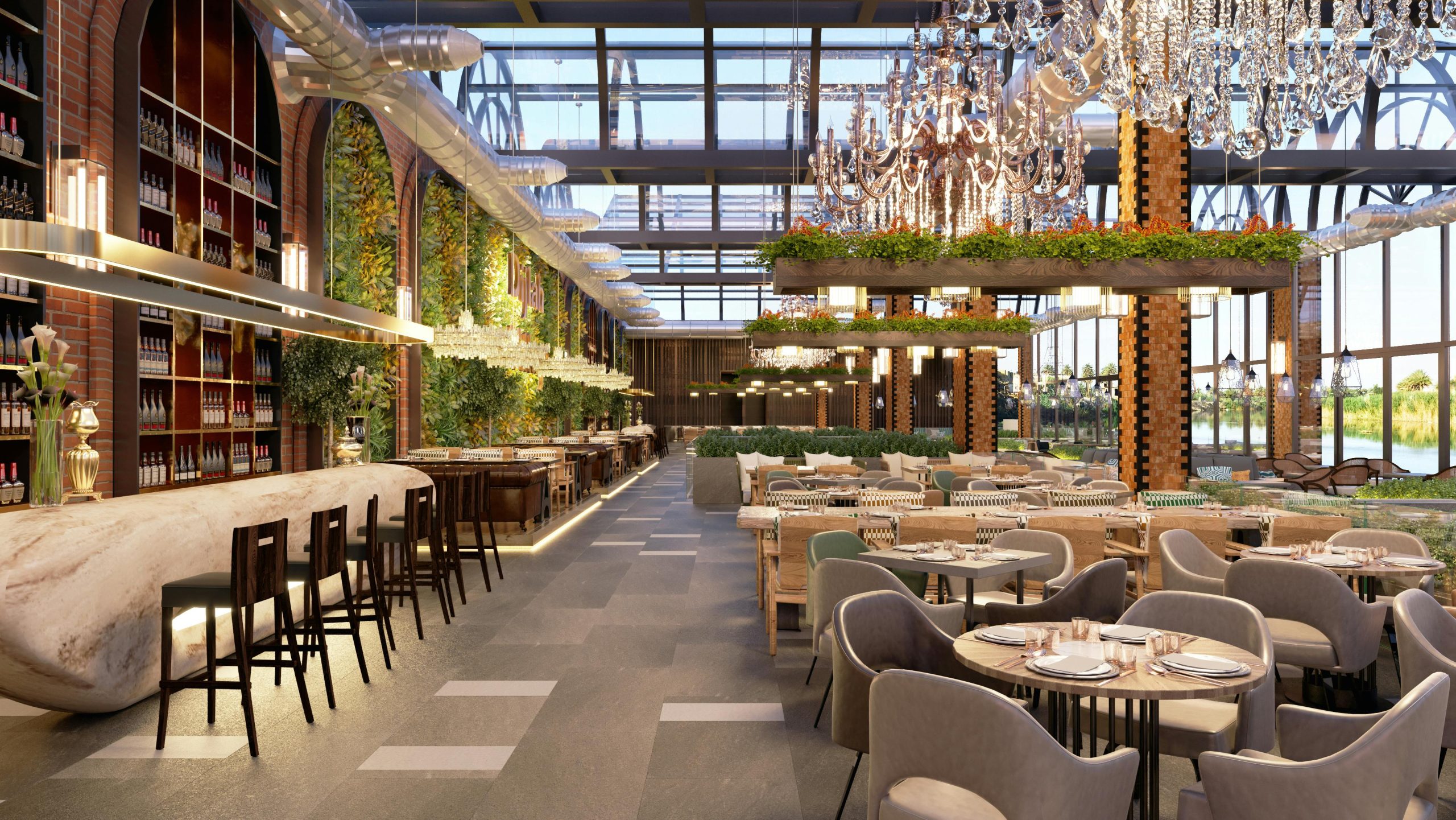Success Stories: Restaurants as Tourism Catalysts
Attracting large audiences and driving tourism is a challenge, especially for those aiming to position a country or region as an appealing destination. Today, however, the influence of brands and figures on social media has fueled trends that draw tourists seeking unique experiences, from iconic dishes to haute cuisine concepts. A prime example of this phenomenon is Crumbl Cookies, a franchise that has harnessed TikTok’s viral power to become a coveted brand. These cookies, seen as authentic gifts, have not only gone viral but have also evolved into a high-demand, high-value franchise. Additionally, many exclusive restaurants and products from specific countries create even more allure, motivating tourists to travel specifically for an authentic experience. This trend is notable among millennials: according to a survey by App Marketplace News, 53% of respondents have visited or ordered from a restaurant they discovered on TikTok. Certain tourist destinations are also distinguished by their culinary specialties, which, in addition to generating cultural identity, can drive large-scale tourism. Mexico with its tacos, Japan with sushi and ramen, Italy with gelato, pizza, and pasta, and Peru with ceviche represent dishes that cross borders, while various restaurants in these countries have boosted the appeal of visiting these places. In
The Revolution of Hotels as Gastronomic Destinations in 2024
In the hotel industry, innovation and adaptation are key to staying relevant and competitive. One of the emerging trends we've observed, especially looking towards 2023 and 2024, is the transformation of hotels into true gastronomic destinations. According to the World Food Travel Association, the global culinary tourism market is estimated to be worth $1.8 trillion by 2025, with a compound annual growth rate (CAGR) of 13.2% between 2023 and 2025. A clear example of this can be seen in Mexico, a country recognized for its rich culinary diversity. This year, Mexico has been highlighted by the prestigious Michelin Guide, which has decided to include five Mexican destinations - Mexico City, Nuevo León, Oaxaca, Baja, and Los Cabos - in its repertoire for the first time. Additionally, Los Cabos is emerging as a clear example of how hotels can capitalize on this trend by integrating high-quality gastronomic experiences into their offerings. In recent years, Los Cabos has seen the opening of new luxury properties from recognized brands such as St. Regis, Four Seasons, Park Hyatt, Soho House, Aman, and Velas Resorts. These properties not only expand the luxury accommodation portfolio in the region but also integrate international-caliber gastronomic services, reinforcing the destination's position as a


